“The BMW XM is a over the top plug-in SUV that runs right alongside EV thoroughbreds.”
- Luxurious interior
- 30 miles of electric range
- Powerful performance
- Spacious
- Absurd price
- Polarizing design
BMW is trying to push boundaries a little. The company has been working to take new technologies and fuse them with luxury to build cars that feel both powerful and opulent. The BMW i7 was one early product of that effort, and now the BMW XM continues the trend by backing a plug-in powerplant with the serious oomph of a twin-turbo V8.

It may seem like the best of both worlds, but with a price tag starting at $159,000, you’re certainly paying for both. So what do you actually get for that money? I drove the base model of the BMW XM for a week to find out.
A slightly gaudy, but high-end design
The first thing you’ll notice about the BMW XM is its design, which has been somewhat polarizing. Some really like the design of the XM, with its split headlights and larger front grille. Others, seriously dislike the look, even though the grille is certainly less over the top here than on other modern BMWs. I seem to fall somewhere in the middle — I don’t mind the grille, and while at times it can feel a little gaudy, the car doesn’t look bad in general.

I do prefer the rear of the XM to the front, though. The slim rear lights look modern and stylish, and the rear overall feels a little more scaled-back compared to the rest of the car.
Of course, the interior is anything but scaled-back, at least in the version I drove. In this case, however, I found that to be a good thing — I really liked the premium red leather interior, accent lighting, and generally high-end materials, even though they could all arguably also be described as gaudy.
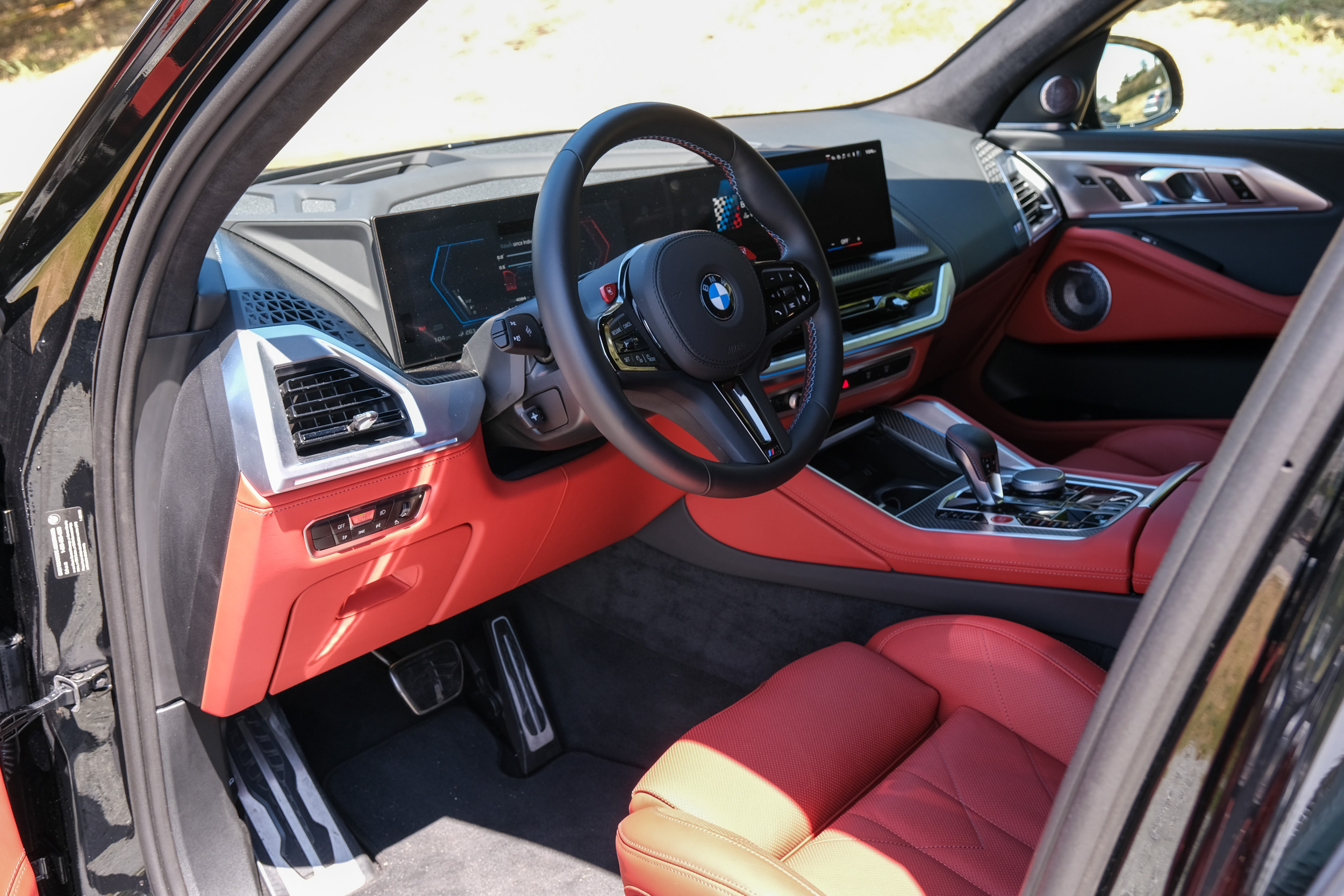
Thankfully, there’s tons of space in the XM. You will only get two rows of seats (no 7-seater option available here), but there’s 18.6 cubic feet of space with all the seats in place, or a hefty 64.3 cubic feet with the second row down. Not bad!
An around-town electric SUV
BMW is targeting big performance with this car, and in 2023, that means making a plug-in hybrid. With an electric motor and battery, the car gets an extra kick if you put the pedal to the metal, but it also means that you can drive the car in battery-only mode — with the combustion engine only taking over when you run out of electric range. The car is considerably slower when you do so, but at least you won’t have to pay for as much gas.
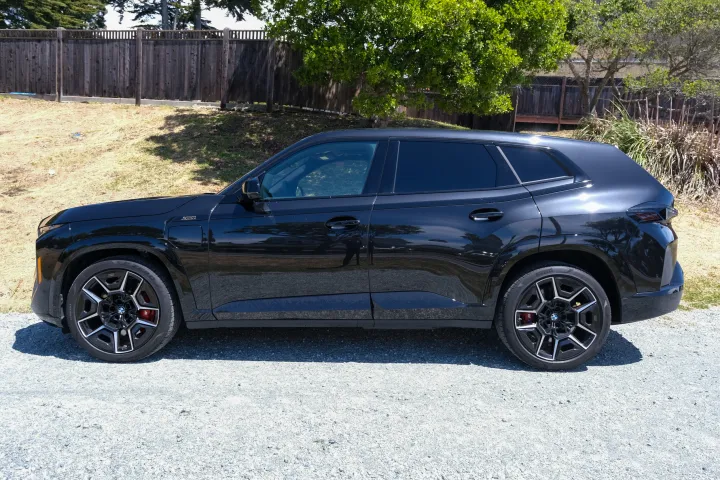
The XM is rated for around 30 miles of electric-only range, and that means that if you want to use it in electric mode, you’ll probably need to charge it after every outing. I work from home, so my “commute” is zero — but even my wife’s 10-minute commute is 8.3 miles, meaning that round-trip, she’d be using more than half of the battery per day. Alternatively, you could simply use the car in hybrid mode, which will make use of the combustion engine and battery to make for as efficient a hybrid experience as possible.
Despite the battery’s modest 25.7-kilowatt-hour capacity, it still takes around three hours to fully charge it using the included charger. Of course, most of the time you won’t charge it from zero, and if you can get used to charging overnight, the three-hour charge time won’t matter all that much.
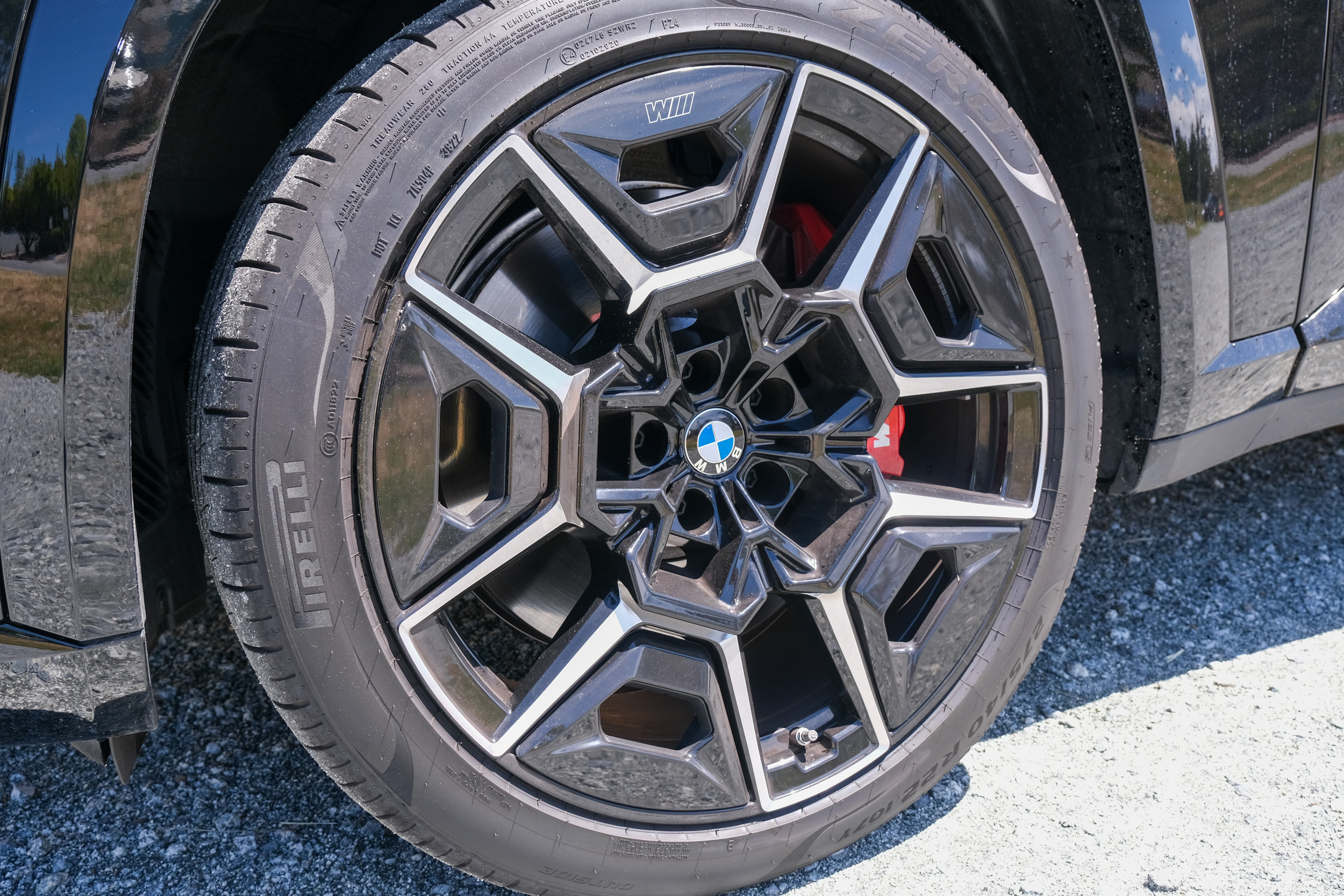
Regardless of which mode you’re in, the XM gets up to speed in a hurry. Even the base model offers 644 horsepower, and you’ll feel immediate punch when you hit the accelerator — thanks largely to the combination of the hybrid powertrain. It gets up to 60 mph in 3.8 seconds, rivaling many of the faster EVs out there.
Tech and driver-assist
The BMW XM may be built to be a modern driver, but it doesn’t necessarily offer the most modern tech. It’s certainly not dated, but don’t expect the same level of tech as the cutting-edge EVs out there.
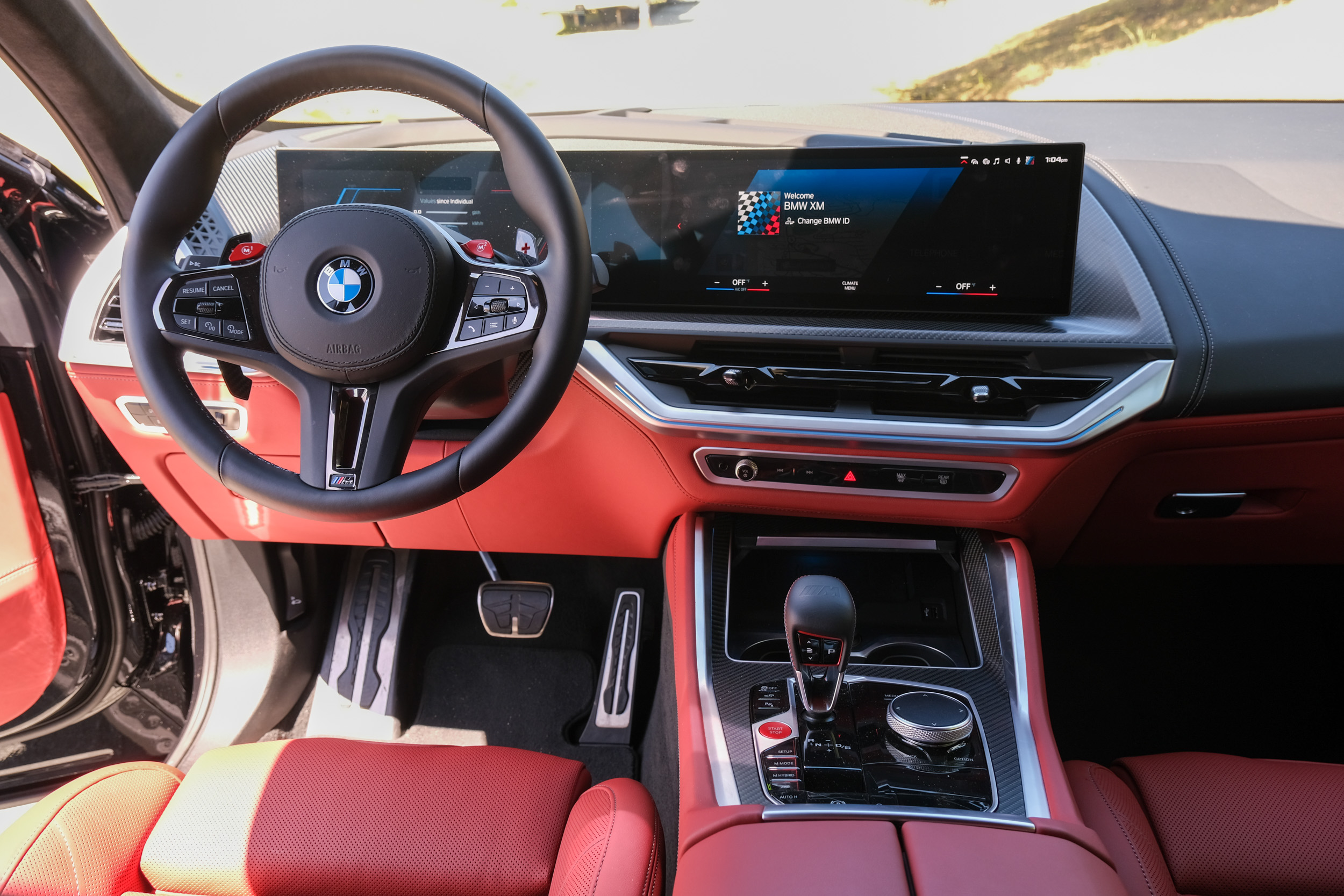
At the core of the tech in the XM is BMW’s iDrive 8.5, which is fine. Legacy carmakers are starting to put more effort into their operating systems, but iDrive is still relatively dated-looking and difficult to navigate.
Thankfully, the car does support wireless CarPlay and Android Auto. While I’ve had some issues with connectivity in BMWs in the past, CarPlay connected immediately and consistently in the XM.
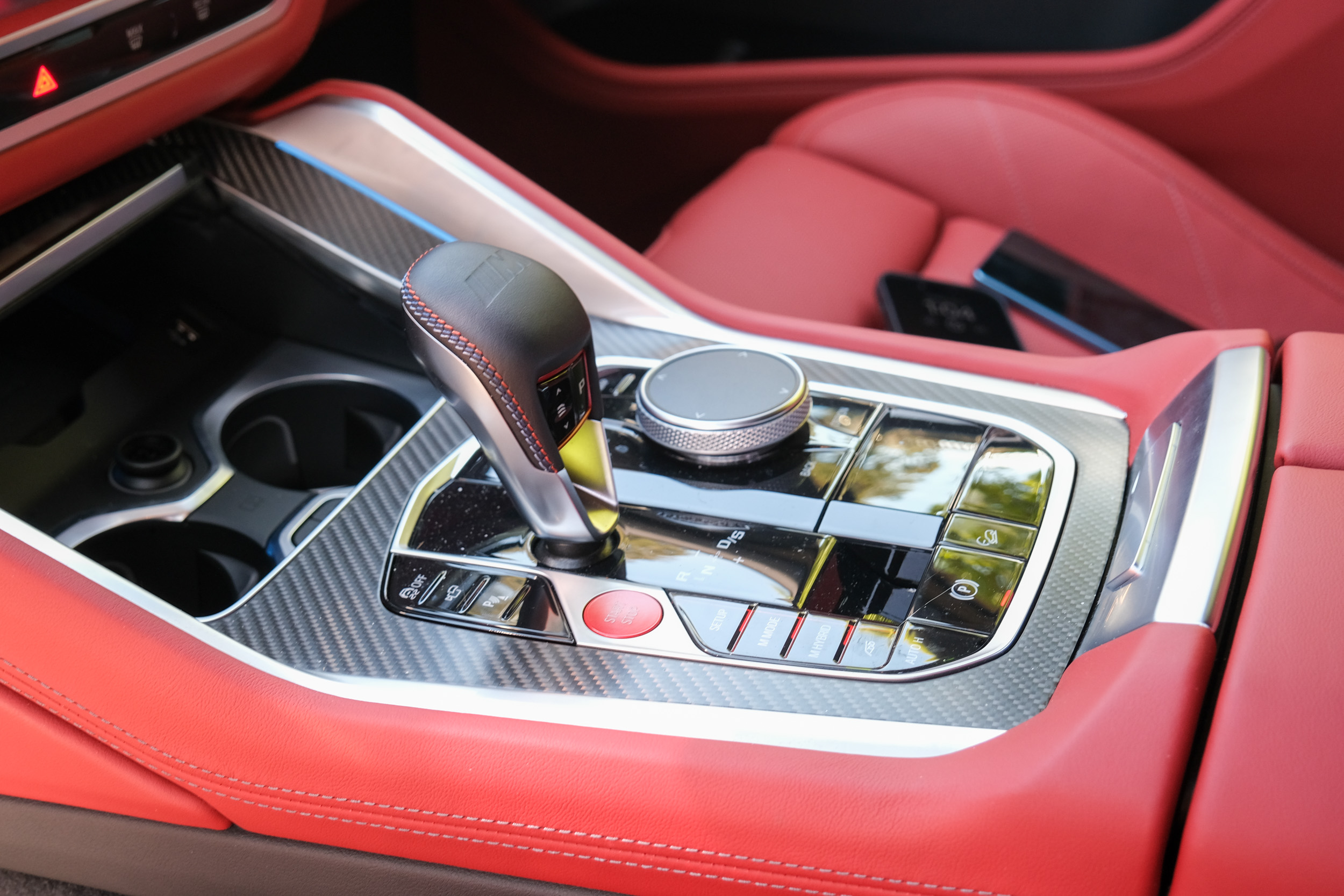
There are some handy driver-assist features to note too. You’ll get adaptive cruise control and a lane-keeping feature, which have both become standard features in 2023. When combined, however, the car can essentially feel like it’s driving itself on the highway, though not enough to take your attention away from the road. There’s also an emergency braking feature and a lane departure warning.
Conclusions
Should you buy the BMW XM? No, probably not.
The car is built to be a little over the top, with high-end features and a luxury feel, but at a starting price of around $160,000, there are better options. If you’re in the market for a modern, tech-forward SUV, consider a full-electric offering like the Rivian R1S. If you’re looking for the ultimate luxury SUV, consider the Mercedes-Benz GLS-class. If you really like the XM’s style and don’t mind spending a little (or a lot) more than necessary, then perhaps the BMW XM is for you.




